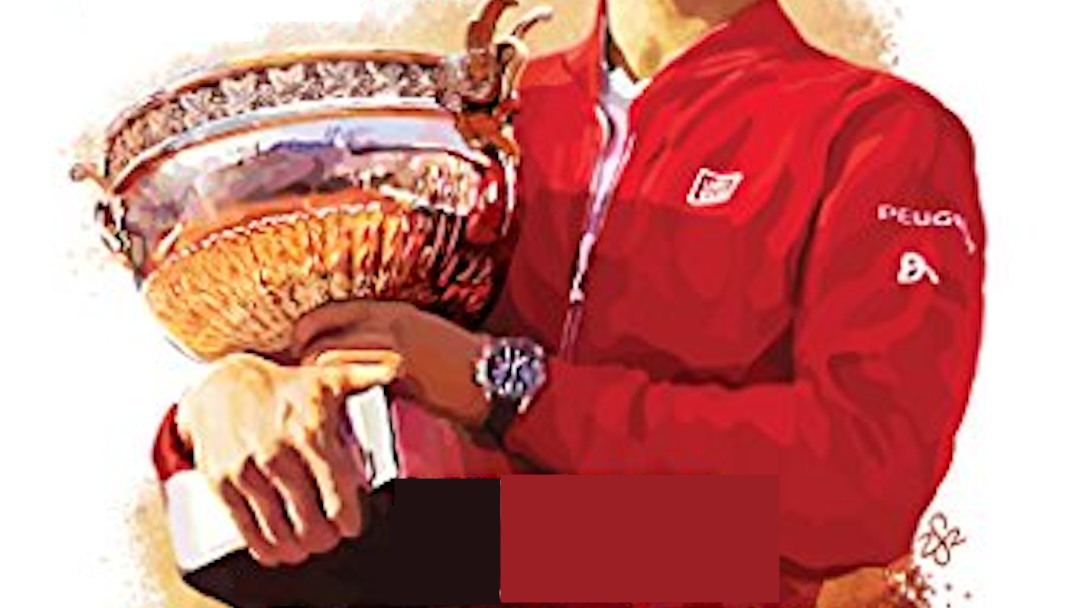I am in the middle of a six week structured improvement program inspired by one of Dennis Ralston’s books, Six Weeks to a Better Level of Tennis. During this time, I am publishing a status update on the effort every Sunday. The previous posts on this topic are summarized below in case anyone is interested in a refresher.
- Week Zero: Introduction of the inspiration and arc of the project.
- Week One: How the “Davis Court Circuit” hobbled me for a few days.
- Week Two: The tyranny of the tournament calendar and training periodization.
- Week Three: Watching better players, Steffi Graf, and the crossover recovery step.
- Week Four: The touchy subject of weight as an indicator of fitness.
This week as I reviewed the inventory of all the training activities that I had devised for myself as a part of this project, I came to the realization that I had not touched on the creation and practice of match routines that would directly lead into better footwork patterns.
It would be easy to dismiss this due to the lack of playing any tournament or league matches that matter due to the ongoing COVID-19 situation. On the other hand, I am generally playing at least one practice singles match a week so there has been opportunity.
In any case, there really isn’t a justification for the absence of a turn key approach for the time where I really need to loosen up before ever striking a ball. At my age, that is pretty much every time anyway.
The obvious first step was to select a soundtrack to set the right mood and tone. I selected “Apex Predator” by Dual Core featuring Tribe One. I am guessing that most will not be familiar with that song and than anyone who bothers to give it a listen might be surprised at the selection from a genre officially known as “nerdcore.” What did you expect? New age spa music?
As I mentioned in week one of this series, I am a huge fan of the Seconds Pro Interval Timer. I use it for all sorts of time interval training. One feature of the app is that named intervals can be announced with a “voice to text feature.” So transitions to the next activities can be audibly announced. This means I can put the headphones on, hit play, and work through a sequence without ever having to look back at the phone.
So the only thing left would be to build out my own personal warm up sequence. Dennis Ralston recommends light jogging, windmilling, neck stretches, and various leg stretches. He also recommends jumping in place. As I mentioned earlier in this project, I also have a flexibility routine that I do on a regular basis. I adapted a sequence from that routine that integrates well with Ralston’s recommendations.
My bookshelf houses multiple editions of “Complete Conditioning for Tennis.” As it turns out, comparing different editions of books to see the evolution of the contents is one of my quirky pleasures. The most current edition of that book contains a recommended dynamic warm up sequence.
The final step was to spend an inordinate amount of time tuning the timing and sequence of the warm up activities for aesthetic alignment with the selected soundtrack.
I haven’t tried it in a match situation yet, so I can’t say if it is effective for the intended purpose. It feels cool in any case. Maybe it will be effective to get my head right with tennis.
- Ralston, Dennis, & Tarshis, Barry, 1977, Six Weeks to a Better Level of Tennis, Simon and Schuster, New York, New York.
- Seconds Pro App, http://www.intervaltimer.com/
- Apex Predator (featuring Tribe One) by Dual Core
- Kovacs, Mark S, Complete Conditioning for Tennis, United States Tennis Association, Human Kinetics, 2016.



